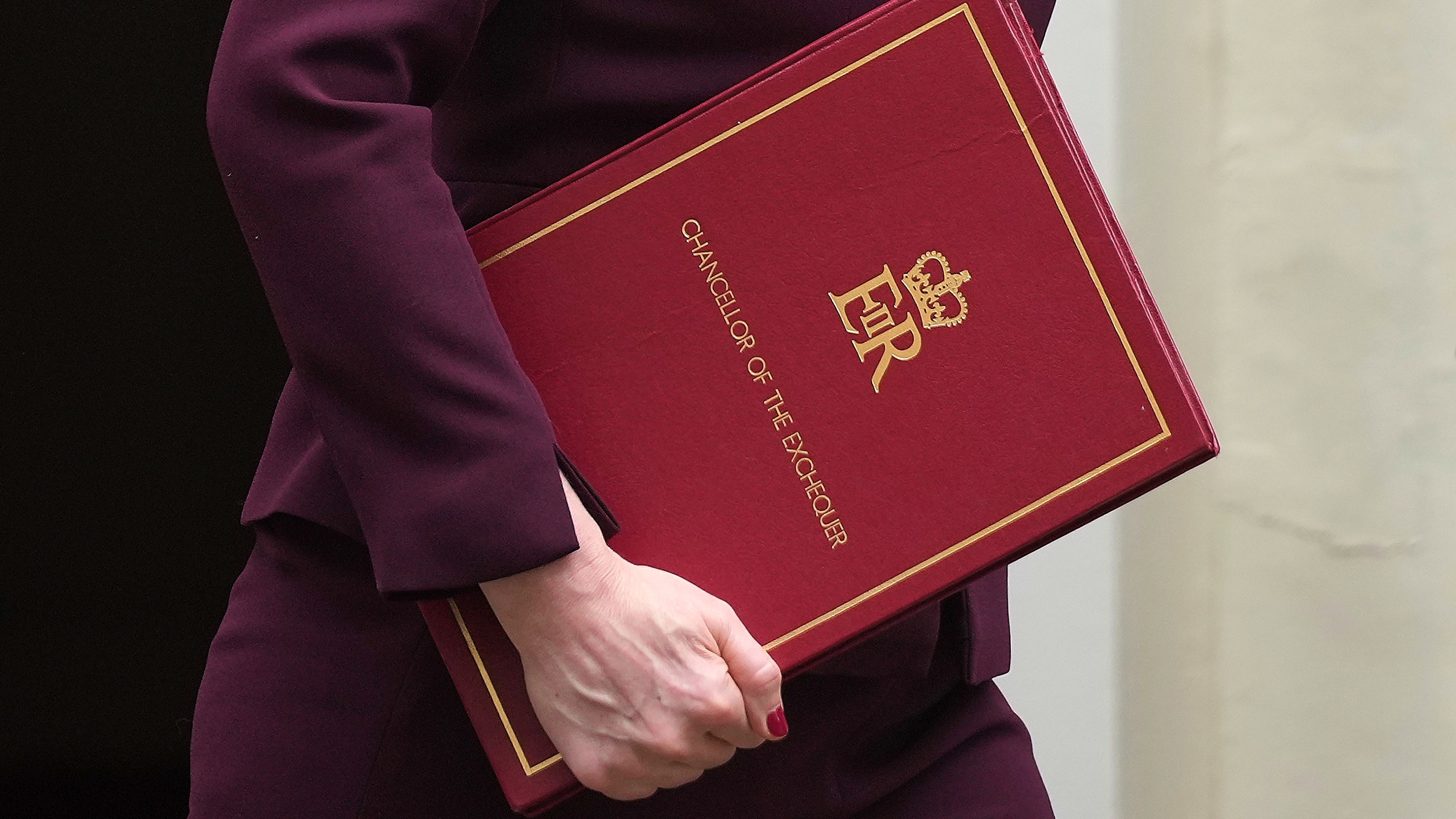Monika Dutt: As the name indicates, multi-factor ETFs combine multiple factors, including value, low volatility, momentum, yield, and size.
Owning any single factor on a stand-alone basis over time has the potential to deliver better risk-adjusted returns relative to the market. But factors are cyclical, each can go through long spells of underperformance. Value for example, which was a winning strategy after the dotcom crash in the early 2000’s, has underperformed for much of the past decade.
Multi-factor ETFs aim to address this issue of factor cyclicality. By combining factors, multi-factor strategies offer a smoother ride through market cycles, reducing the risk of investors abandoning sound strategies at precisely the wrong time.
With multi-factor ETFs, it’s important to understand not only how the individual factors are built, but also how they are put together, as different approaches will lead to different outcomes.




























